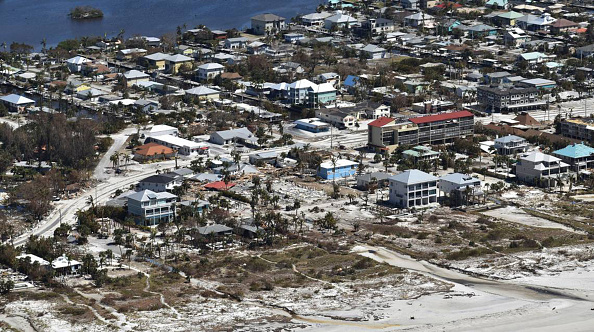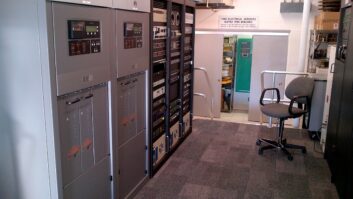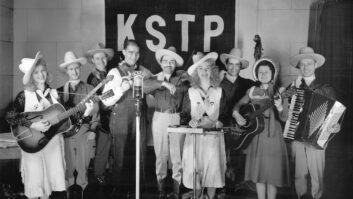Mike Cooney and Tigram Grant have had their hands full, working to restore power to Beasley Media Group’s four FMs, one AM and five translators in the Ft. Myers area that felt the wrath of Hurricane Ian.
Cooney is the chief technology officer and executive vice president at Beasley; Tigram is the local chief engineer. The company’s corporate offices are in Naples, Fla., one of the communities hardest hit by the storm.
Even as part of Cooney’s roof was torn off of his Naples home, as soon as the hurricane began its march up the coastline, it was all on hands deck to get Beasley stations back up and running.
“Ultimately, whether it was our employees or our listeners, when they lost power, they relied on a battery powered radio,” said Cooney. “When you’re sitting in a flooded house and that’s all you have, it becomes very important. And it’s what we’re there for.”

Beasley normally operated its local stations from an American Tower site just a mile from Fort Myers Beach, leasing space there along with Renda Broadcasting, Fort Myers Broadcasting and Relevant Radio. As it happens, Beasley had to relocate from that site a month ago after a severe fire caused $800,000 in damage and the loss of six transmitters and a combiner, among other equipment.
As bad as that was, it meant the company didn’t have equipment at that site when the hurricane came. “We had vacated, we had just thrown everything away,” said Cooney. “The building was empty when the flood hit us, so we weren’t operating from the site when the storm hit.”
[Related: “Florida Broadcasters Carry On Amid Community Destruction“]
As Hurricane Ian rolled through with its fierce wind and rain, Beasley’s operations were relatively safe — just 10 miles away at its aux site in Estero — while the American Tower site was completely flooded.
“In all the years [the American Tower site has] been there, which is probably more than 20 years, it’s never had water get into the building,” said Cooney. “We’ve never had a direct hit in that area before so it hasn’t been a problem. But now, between a fire and a flood, the site is kind of cursed.”
Beasley’s backup at Estero can transmit any three of the company’s four local FMs using GatesAir transmitters, an ERI combiner, an ERI Axiom antenna and a very lucky generator.
“The generator’s transfer switch [at the aux site] had its door tore off of it but it stayed on the air somehow,” said Cooney. “We had 96.1, 99.3, 106.3 and translator 98.1 on the air the whole time during the storm.”
After Ian had passed, Cooney on Friday took a “swamp buggy” out to Beasley’s 96.1/103.9 main site, wading through flooded grounds, and got those two stations on the air at full power with another generator. That allowed him to put 99.3 on the aux site at the Estero studio.
Beasley’s one AM in the area — 770(AM) — was inaccessible due to water levels.
“Beasley stations were some of the few stations on air directly after the storm due to our backup site,” said Coney. ” I would guess 90% of the FM stations were off the air and some TV signals.”
Generators could only go so far, however, without diesel fuel, which was harder to come by post-Ian.
“We probably only had a few hours of fuel left when we found and someone that got us about 40 gallons of fuel; and then our power [at the Estero studio] came back on shortly after that.”
Cooney said he’s been putting in work day and night, alongside Beasley’s chief engineer in Fort Myers, Tigram Grant, to keep these stations up and running, delivering critical information to the public. He said this is a job where, in times of crisis, your needs might need to come second.
“I worry that the younger generation doesn’t quite comprehend what it takes to do this and the dedication and the commitment [that is needed],” he said. “We understand about serving the public interest and I’m not sure everyone does.”
As of midday Monday, the number of broadcast stations reporting to the FCC that they were off the air in the wake of Ian was six FMs, two AMs and one TV.







